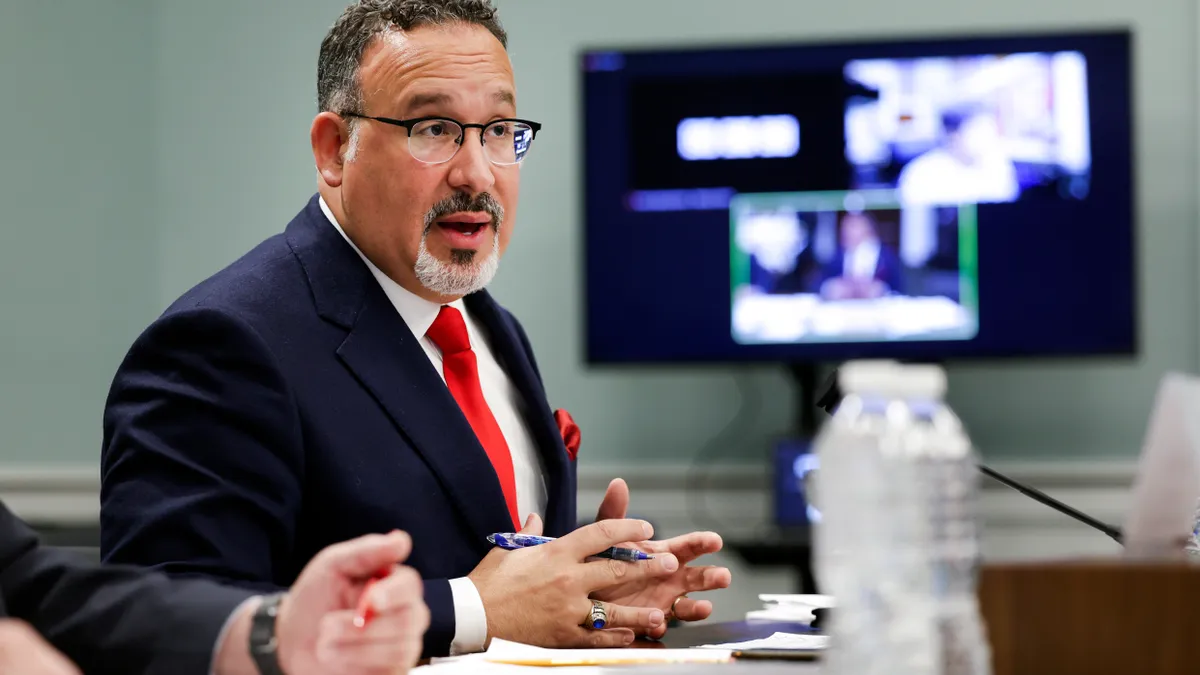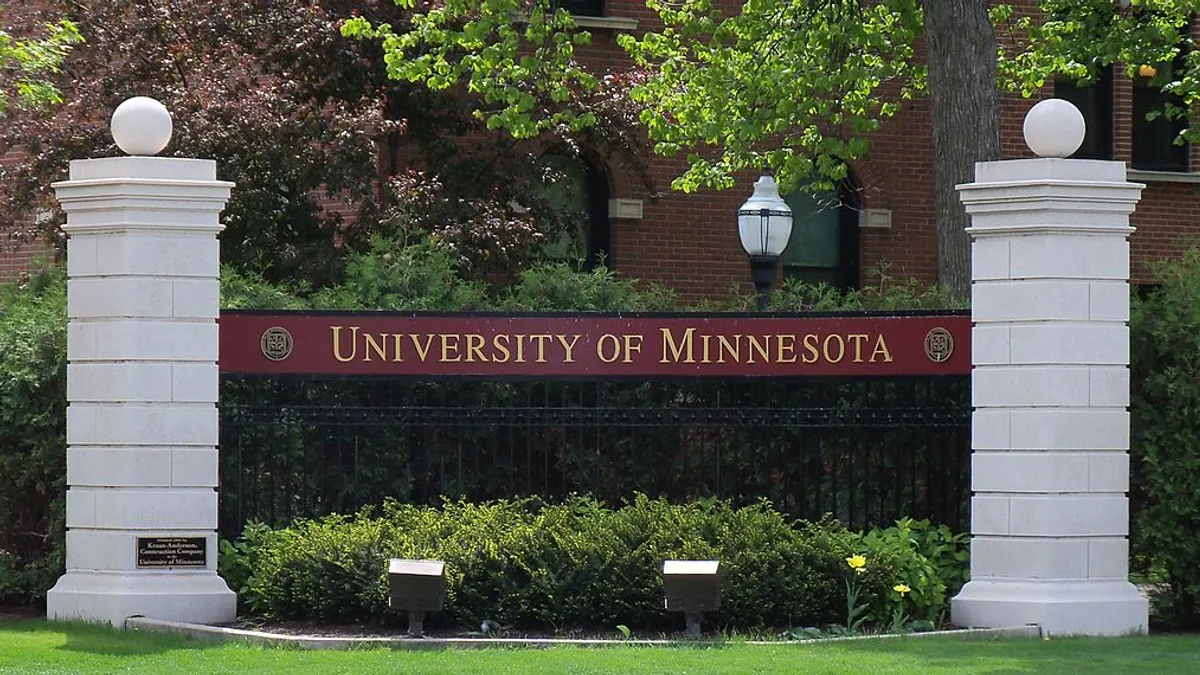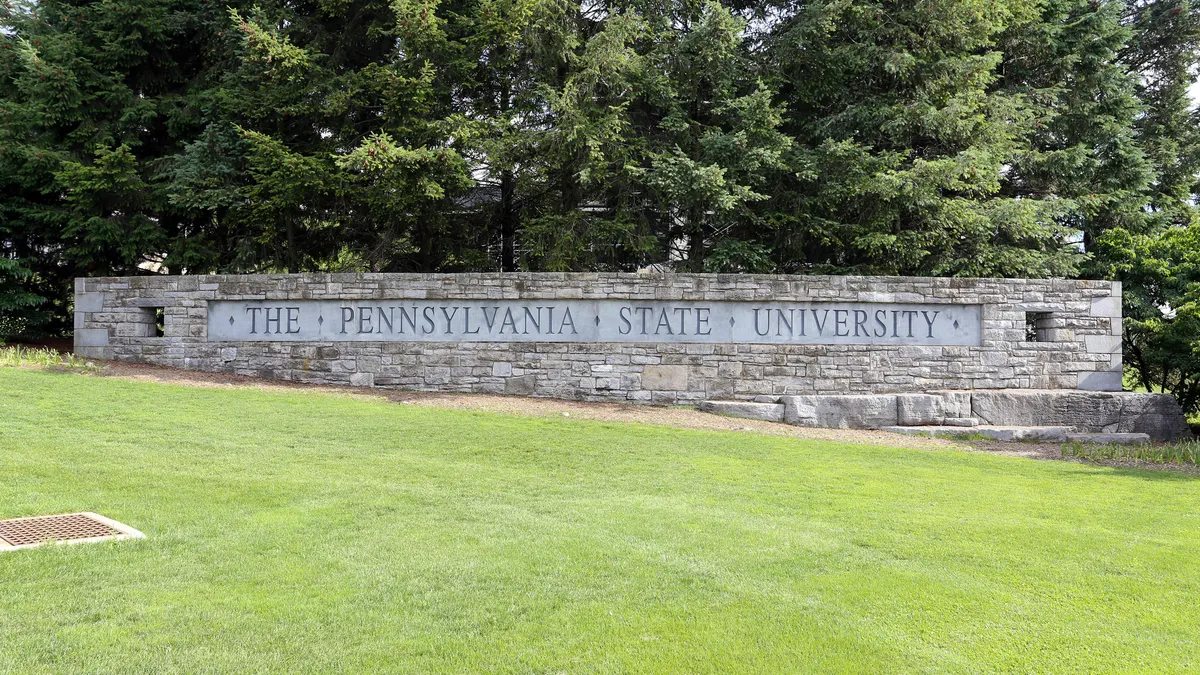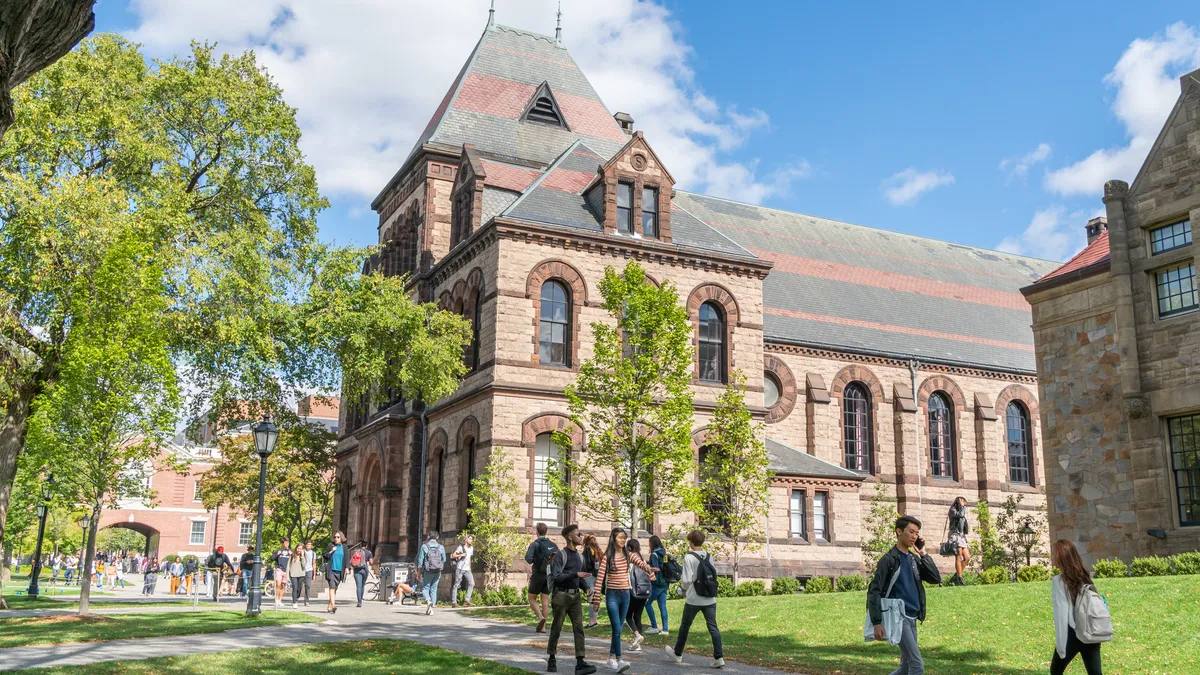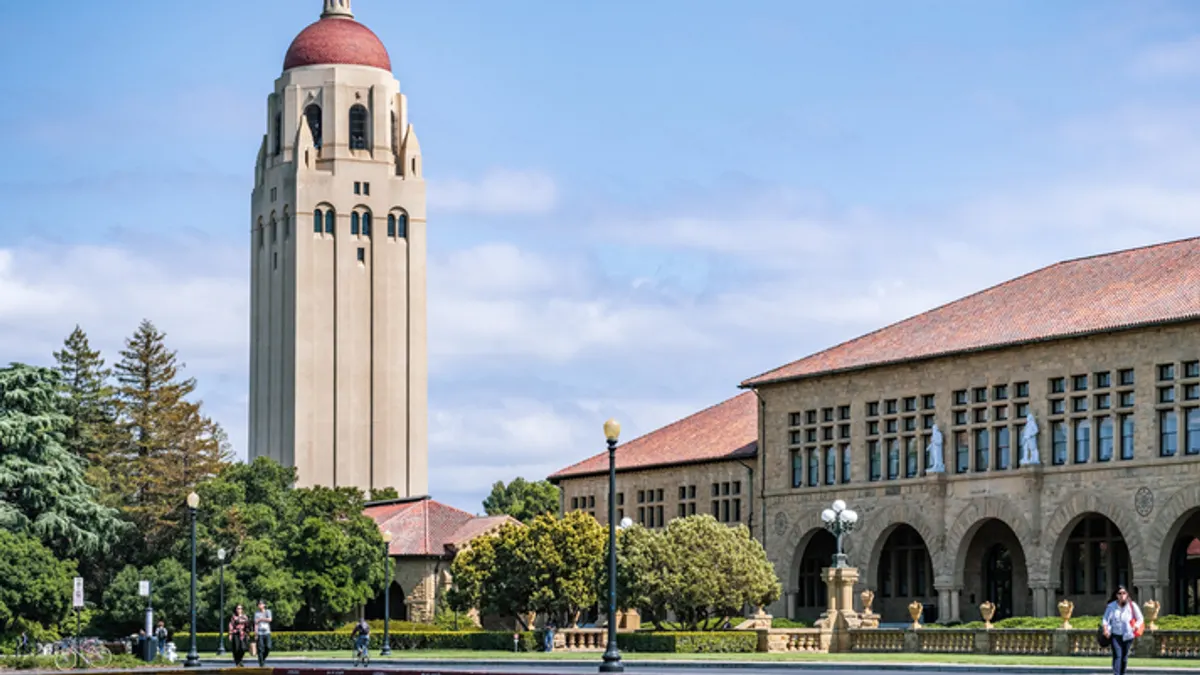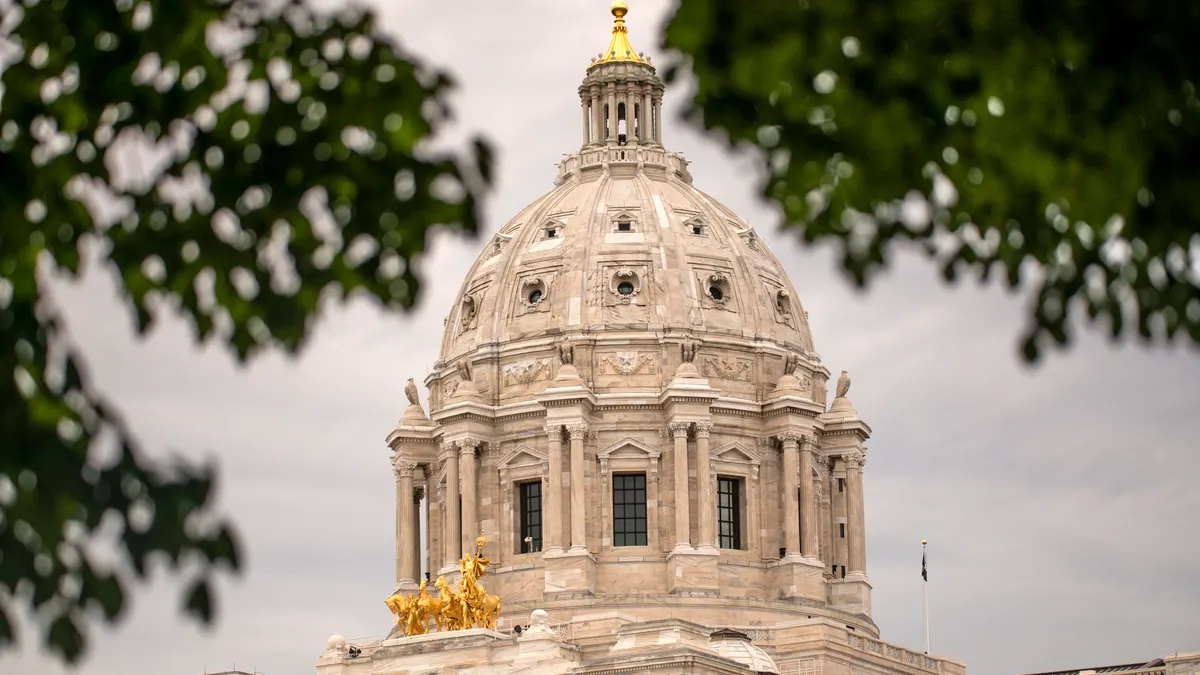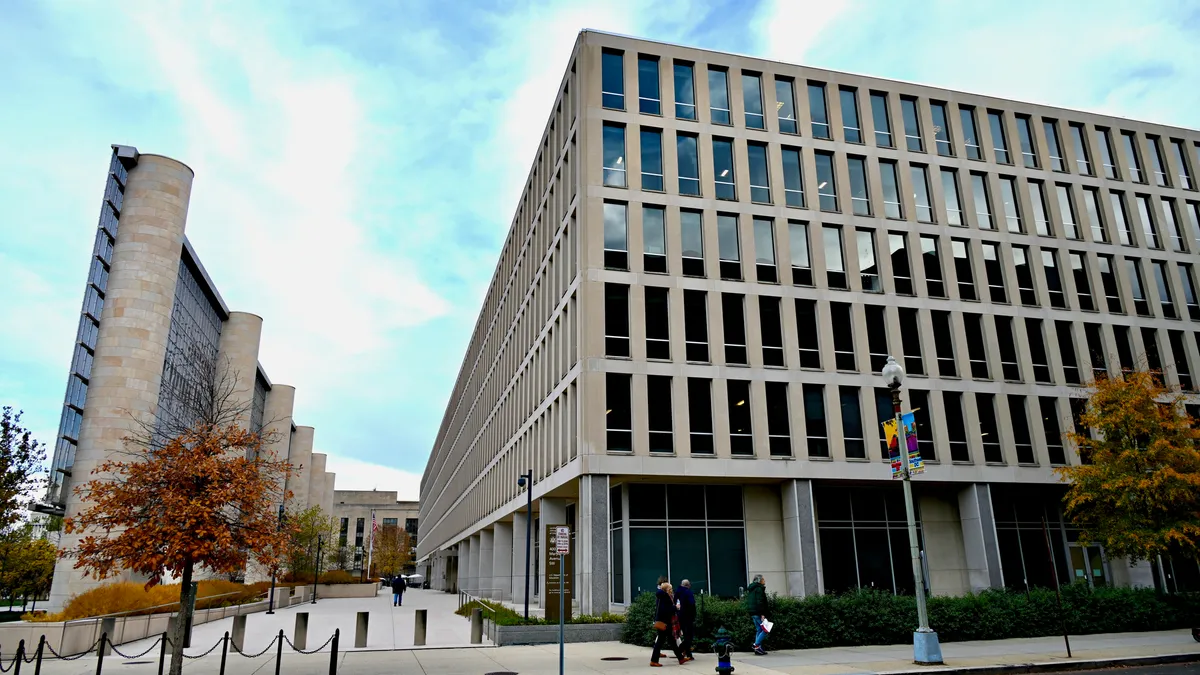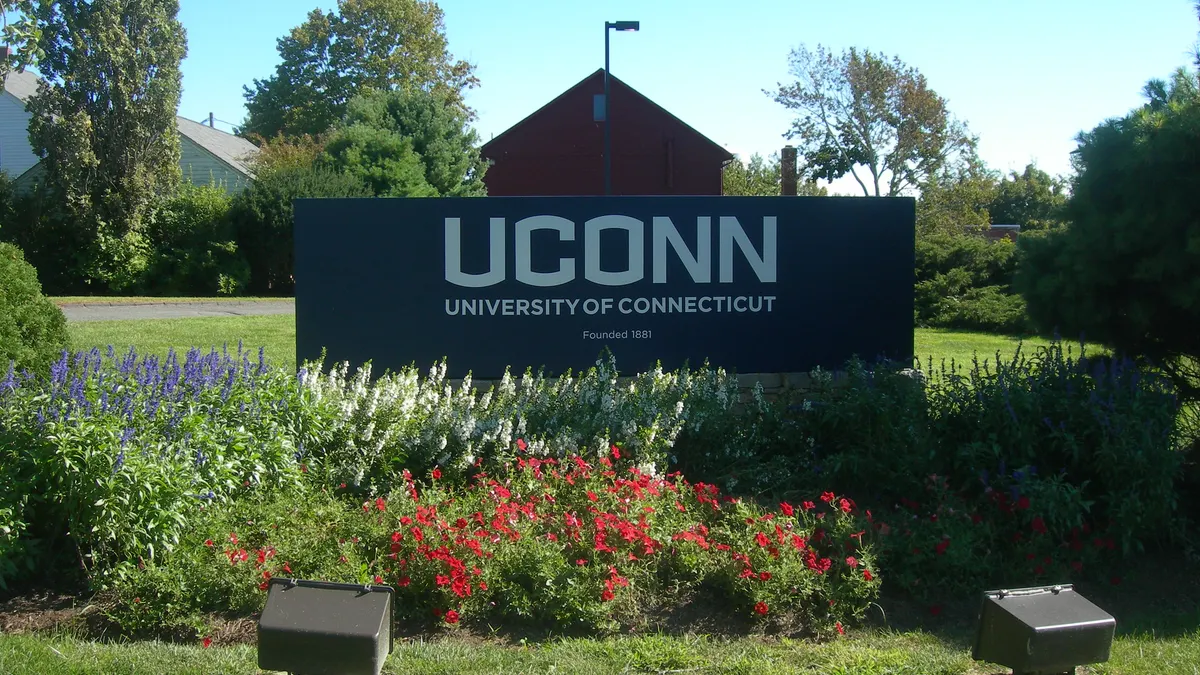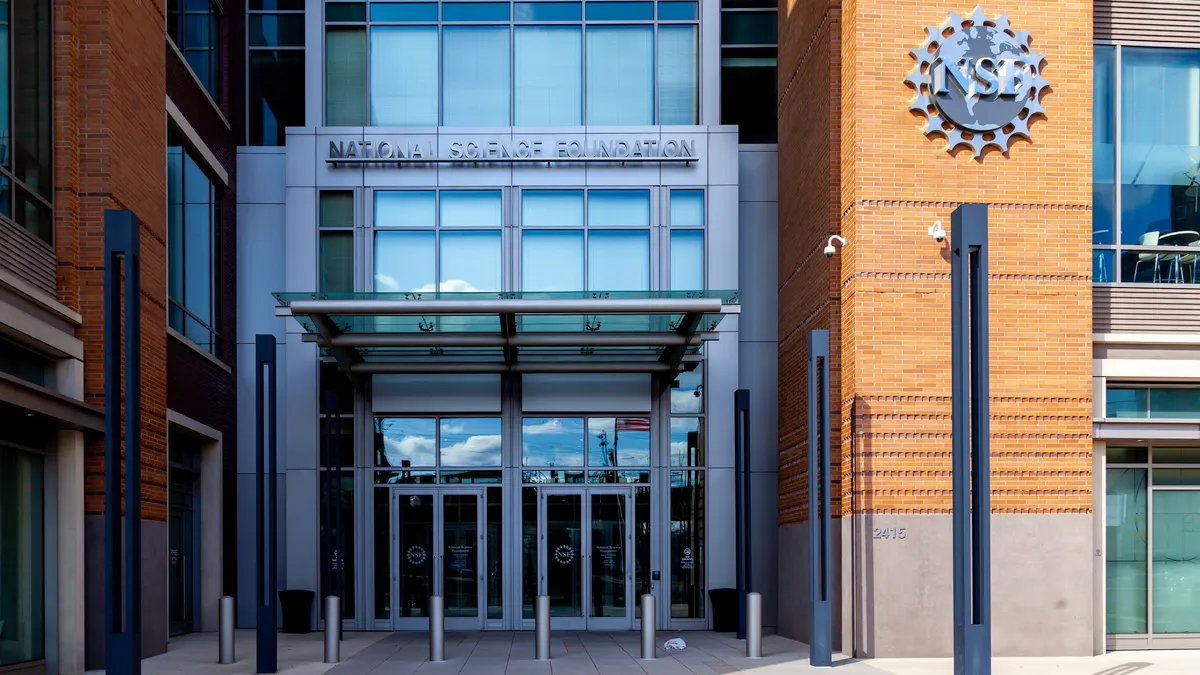The U.S. Department of Education announced a new set of proposed rules on Friday that would provide debt relief for borrowers who are unable to repay their loans due to financial hardship, such as expenses stemming from natural disasters or unexpected medical bills.
The department is proposing two ways for borrowers to receive loan forgiveness under the plan.
Under the first pathway, the Education Department would provide automatic relief to borrowers whom it determines to have at least “an 80% chance of being in default within the next two years.” The agency would consider factors like a borrower’s assets, household income versus debt balances, and Pell Grant recipient information in its analysis. It estimates that two-thirds of the borrowers eligible for this first pathway would be Pell Grant recipients.
The second pathway would be “primarily application-based,” according to the department. Under this method, the agency would “holistically assess” whether borrowers would be likely to default on their loans or “experience similarly severe negative and persistent circumstances.” If no other debt relief program would address their hardships, the agency could cancel the borrowers' loans.
Under the proposal, the department could waive borrowers’ entire outstanding loan balances. An estimated 8 million borrowers would receive relief if the rule is finalized, the agency said.
Officials plan to formally publish the draft regulations, which stemmed from the departments' negotiated rulemaking earlier this year, in the “upcoming weeks.” Once published, the public will have 30 days to comment. The agency expects to finalize the regulations sometime next year.
U.S. Secretary of Education Miguel Cardona said Thursday that the department remains "unapologetic" in its efforts to make higher education more accessible and affordable. The new proposal would also address the high rate of student loan default, he said.
"A big reason why we're fighting for student debt release is to address the more than 1 million defaults we see annually in the student loan system," Cardona said on a call with reporters, adding that such a high number has almost become normalized in the U.S.
He also noted that, in many cases, the challenge and cost of forcing borrowers to make their loan payments outweighs the benefits.
"The servicing and collecting of defaulted loans — it's not free. It costs taxpayer dollars and it can harm borrowers," Cardona said. "There's a point when the cost of trying to collect on a defaulted loan is just not worth it."
The proposal marks another attempt by the Biden administration to provide loan forgiveness to large swaths of borrowers.
President Joe Biden has encouraged the Education Department to "use all the tools in the toolbox and deliver as much relief to as many people as possible, as quickly as possible," a department spokesperson said Thursday.
The spokesperson also said the new proposal falls within the scope of the department's legal authority, acknowledging that numerous legal challenges have impeded the administration's previous attempts at student loan debt relief.
Earlier this month, a federal judge temporarily blocked the Education Department from carrying out a separate regulatory proposal that would provide debt relief to certain groups of borrowers, including those facing ballooning interest or those who entered repayment more than two decades ago.
The servicing and collecting of defaulted loans — it's not free. It costs taxpayer dollars and it can harm borrowers.

Miguel Cardona
U.S. Secretary of Education
The ruling came in response to a lawsuit from a handful of conservative-led states. The states argue that the Education Department’s debt relief proposals threaten their tax revenue and harm the Higher Education Loan Authority of the State of Missouri, or Mohela, a loan servicer that helps fund Missouri’s public education.
The blocked proposal and the new draft regulations come after the U.S. Supreme Court struck down last year the Biden administration’s initial plan for debt relief. Mohela was also at the center of the legal challenge that successfully argued the 2022 plan was unlawful.
Biden’s original proposal would have provided up to $20,000 in student loan forgiveness for borrowers who made under $125,000 annually.
The Biden administration attempted to carry out that proposal under the Heroes Act, a 9/11-era law giving the education secretary the ability to rework student financial aid programs during times of emergency. Now, officials are proposing debt relief through regulatory changes under the Higher Education Act.
Another one of the Education Department’s avenues for student loan forgiveness — the new income-driven student loan repayment plan called Saving on a Valuable Education, or SAVE — is likewise tied up in court.
Over the summer, federal courts blocked the Biden administration from implementing parts of the plan while they consider legal challenges against it. The blocked provisions include loan forgiveness for borrowers who took out less than $12,000 in federal loans and made a decade of payments.
The Education Department had already wiped out debts for some 414,000 borrowers enrolled in the SAVE plan before the court decisions were handed down, according to The Washington Post.




